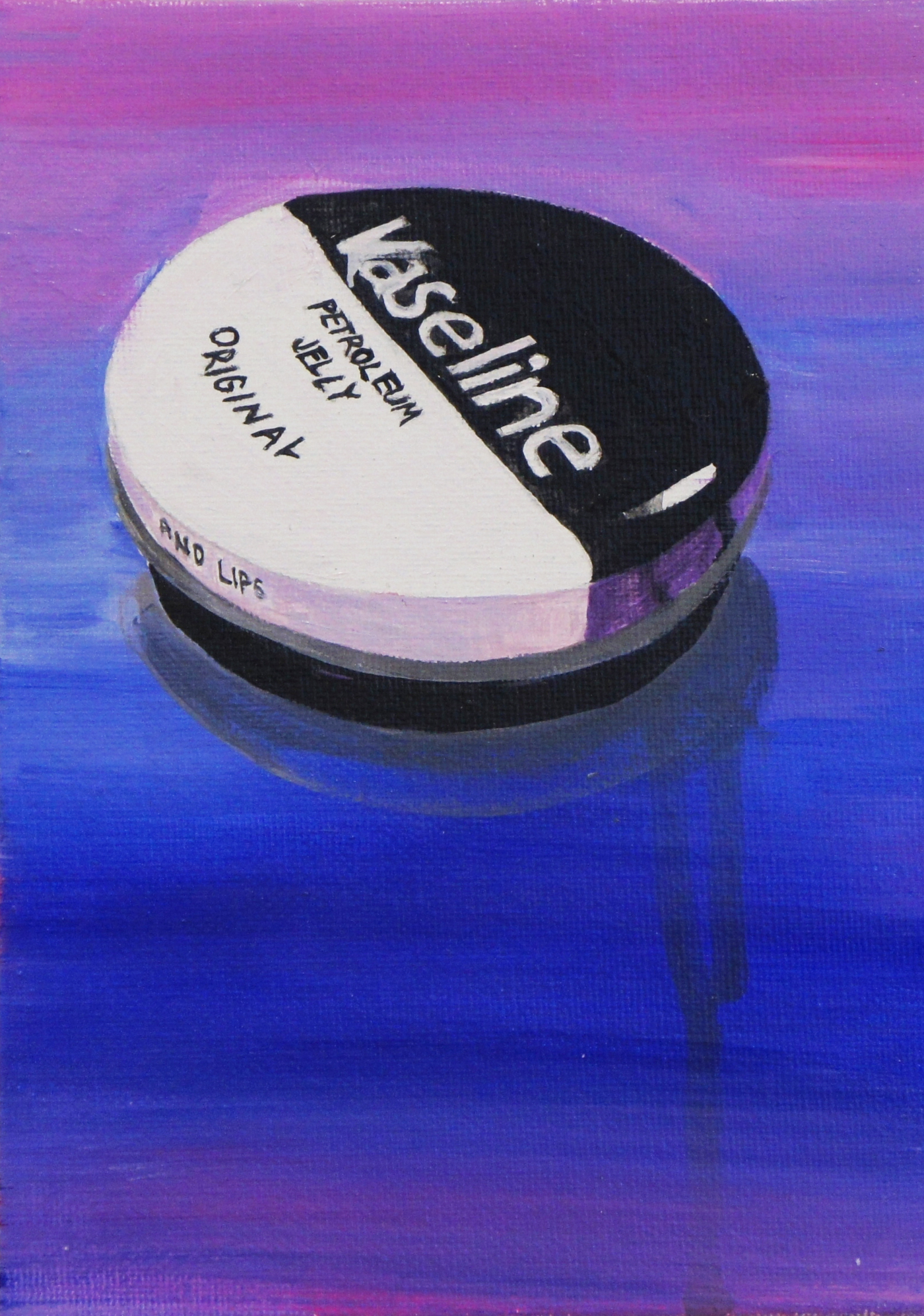[Written by: Anna Shams Ili]
[Art work by: Seirin Hyung (@seirinhyung90), Glasgow School of Art]
[Seirin’s site: https://seirinhyung90.wixsite.com/seirin/stilllife]
[Interview with: Awni Hannun, PhD student in Computer Science, Stanford University, previous: Baidu Silicon Valley AI Lab.]
[Paper: https://arxiv.org/pdf/1707.01836.pdf]
Man or machine? The question has become a steady part of almost every work of science fiction and is now slowly creeping into our everyday lives. For example, take the above artwork. With Artificial Intelligence evolving, the line between human and machine-made work is constantly blurring in every profession, and while these paintings are made by human, Seirin Hyung (@seirinhyung90), there are abundant examples of machine-made work that is almost functioning just as well, or better, than that of humans. Even in creative fields, AI has recently been used to write screenplays and even a chapter of Harry Potter. But while artists may be less delighted by a machine take over, fields like medicine see great benefit in the integration of AI into routine tasks if it has the potential to improve patient care.



[Human work: Seirin Hyung 2017, ‘Vaseline 4, 5 & 9’, Acrylic on canvas board, 127x178mm]
Artificial Intelligence generally refers to machines that are able to replicate human intelligence in some form. This is usually concentrated on the areas of learning, reasoning, problem solving, perception, and understanding of language. AI has posed one of the most debated philosophical questions in the 21st Century, as many attempt to extrapolate the extent to which it is possible to replicate human intelligence. There are many fields in the realm of AI, with machine learning gaining the most attention in mainstream media – this is the science of getting computers to learn without being explicitly programmed. It is about feeding machines information that they then use to create predictive algorithms. It might then seem as if the machine is learning by itself in a way that may even feel sentient, although it is a process through detecting and analysing patterns. One method in this is deep learning, which uses layers of artificial neural networks and thereby simulating the way the human brain works. This method is especially used in fields of biology and medicine and has proven especially useful for one device.

GUM had the exclusive pleasure to speak with Awni Hannun, a PhD student in Computer Science at Stanford University, advised by Andrew Ng who is well known in the field of AI. Ng sees great opportunity at the intersection of healthcare and AI and believes that AI has the potential to disrupt many industries for the better, medicine being no exception. In order to make the field more accessible, he has launched free courses in machine learning and deep learning that are available online.
Hannun decided to pursue a career in machine learning after attending a university class on it. This particular project, produced in collaboration with iRhythm, combines machine learning with the commonly used electrocardiogram (ECG) device and has been shown to outperform cardiologists in arrhythmia detection using a new deep learning algorithm. Electrocardiograms are used to check the rhythm of the heart and its electrical activity. While traditionally done by attaching sensors to the skin, wearable ECG devices are recently new on the scene. They are used to detect heart arrhythmias by recording the heart and then being processed afterwards. With artificial intelligence, the process is refined and can detect more arrhythmias than the average cardiologist would. As the medical field already involves automatization in many processes, Hannun is optimistic about further usage. Automatization can sometimes create problems, but its normalisation in the medical industry will make it easier to introduce and implement new successful innovations in the future. If you ask Hannun, it won’t be long until this device hits the market – and not long until AI has become a standard component of the medical industry.
You almost can’t mention AI without conveying imagery of the robot, Sophia, and the Blade Runner-esque ethical questions that follow. But AI might have a bright, and much less dramatic, future in medicine, as Hannun thinks it will free up time for healthcare professionals and make medical care both cheaper and more accessible. It is important to see the benefit of AI in fields where it has the potential to save lives. No matter the stance, there is no doubt that this technology will become more integrated into our everyday lives. Being knowledgeable of AI and the progress in the field is therefore an important step. And while technology isn’t always an easy field to dive into, right now is a good time to start with many free resources made for beginners. Alongside Andrew Ng’s free online courses, the book “Life 3.0” by MIT Professor Max Tegmark covers the many areas of AI in an understandable way.

